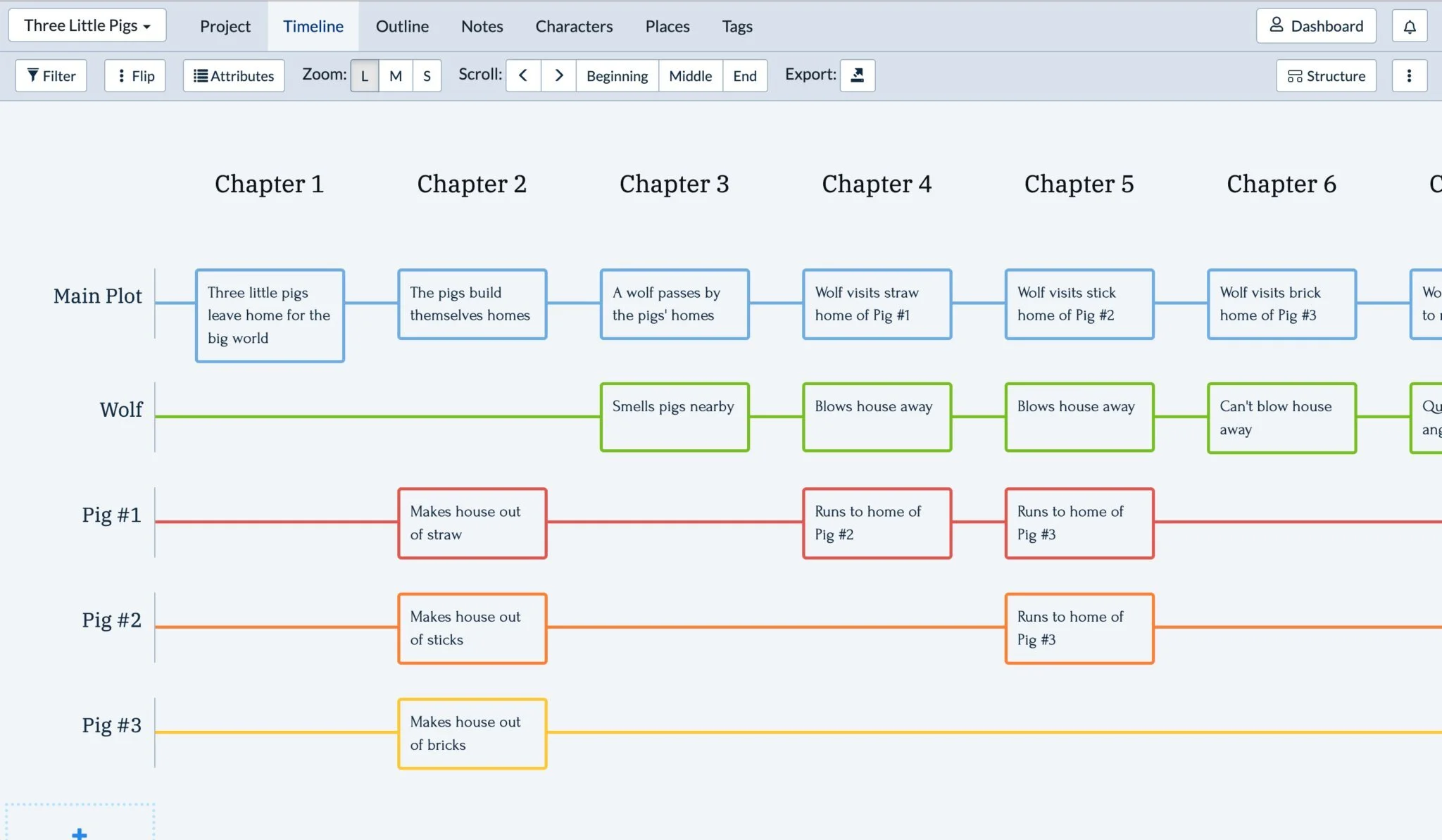How to Research and Brainstorm Your Book Idea: The First Step to Writing a Story That Lasts
Disclosure: Some of the links in this post may be affiliate links, which means I may earn a small commission at no extra cost to you.
Every finished novel starts the same way: with a flicker of an idea.
But turning that flicker into a fully developed story? That takes intention, inspiration, and a little bit of strategy.
Whether you’re a plotter, a pantser, or somewhere in between, the research and brainstorming phase of writing a book is where the real magic begins. In this post, we’ll break down how to turn that “what if?” moment into a powerful foundation for your story—with examples, tools, affiliate resources, and helpful tips to guide you from blank page to story plan.
🧭 Why Research & Brainstorming Matter
Before you start writing chapter one, you need to know where your story is going—or at least where it begins.
Taking the time to brainstorm and research early on can help you:
Avoid plot holes and pacing issues later
Flesh out your characters, world, or themes
Build a stronger emotional core
Identify what’s already been done—and how to make your take unique
Keep writing momentum high (and writer’s block low)
Think of this stage as your story’s blueprint. You’re not building the house yet—you’re sketching the layout.
🔍 Step 1: Start with a Spark
All books begin with a tiny idea. It might be:
A single scene that plays out in your head
A character with a secret
A question you can’t stop asking
A setting you’ve always wanted to explore
Examples of story sparks:
“What if dreams were real memories from another life?”
“What if a girl disguised herself to enter a deadly royal competition?”
“What if Earth’s last city was built inside a giant dome after the sun scorched the planet?”
These ideas might sound familiar—and that’s okay. The brainstorming process is what helps make your version of the idea fresh and uniquely yours.
🧰 Step 2: Use Tools to Expand Your Idea
When you have a spark, it’s time to fan the flame. Use tools and prompts to expand your core idea into something more structured.
Image as seen on Plottr - https://plottr.com/
✨ Recommended Brainstorming Tools:
Notion – Create a visual board for characters, settings, and plot ideas
Scrivener – Organize early notes and scene fragments
Plottr – Visually map out your story before writing
Evernote – Capture ideas on the go
Storyteller Tonic – A powerful brainstorming tool with idea generators, tropes, and arcs
🔥 Tip: Try a “20 Ideas” Exercise
Write down 20 different versions of your concept. Push yourself past the obvious. By idea #15, you’ll often discover a twist or angle that feels totally fresh.
✍️ For example, instead of “a girl joins a competition,” you might land on “a girl takes her brother’s place in a trial meant for boys, hiding her identity to survive.”
📚 Step 3: Research What Already Exists
Once your idea starts to form, it’s time to dig deeper. Research helps you avoid clichés, build believable worlds, and craft something that resonates with readers.
🕵️♀️ What to research:
Your genre – What are the common tropes? What’s selling well right now?
Comparative titles – Known as "comps," these are books that are similar to yours
Your topic – Writing a historical or sci-fi novel? Accuracy builds trust.
Your audience – Who are you writing for? What do they crave?
Research Tools (and Affiliate Opportunities!):
Amazon Bestsellers Lists – See what’s trending in your genre
Publisher Rocket – Discover keywords, competition, and categories
Goodreads – Read reviews to see what readers loved or hated about similar books
Reedsy Discovery – Spot rising indie books and debut trends
Google Trends – Check search volume for themes and topics
💡 Personal Example:
When I brainstormed my post-apocalyptic novel Beneath the Burning Veil, I started with the idea of a scorched Earth and domed cities. But the concept really clicked once I researched real-world climate collapse, interstellar survival theory, and the myth of the phoenix. That blend of science, myth, and emotion shaped the entire book.
📌 Step 4: Ask the Big Questions
Once your idea and basic research are in place, ask yourself these story-starting questions:
Who is my main character—and what do they want most?
What’s standing in their way?
Why does this story matter now?
What’s the “hook” that sets this book apart?
What promise am I making to readers—and how will I deliver it?
Answering these questions will not only give your story direction—it’ll also help you later when it’s time to write your blurb, create your book description, and even pitch it to readers.
✏️ Step 5: Create a Brainstorm Board
Whether it’s in Notion, Canva, or on a giant whiteboard, creating a brainstorm board helps you visualize your story early on.
Include:
Mood images (Pinterest boards are gold for this)
Snippets of dialogue or theme ideas
Character inspirations
Possible plot beats
Genre vibes or comparable titles
This becomes your creative playground—a place to explore without pressure.
🧠 Tips for Productive Brainstorming
Don’t worry about “the rules” yet—this is the time to dream big
Let your research inform your story, but never drown it in details
Use writing prompts to spark new angles
Give yourself space (a few walks, showers, or days away often work wonders)
Brainstorm in batches—20 minutes of focused idea dumping is often better than 3 hours of forced planning
🧾 Quick Recap: Brainstorming & Research Checklist
✔ Start with a strong “what if?” idea
✔ Use tools like Notion, Plottr, or Storyteller Tonic to organize your thoughts
✔ Research comparable books, genre tropes, and reader expectations
✔ Ask character and plot-defining questions
✔ Create a visual or written brainstorm board to explore your concept
✔ Don’t pressure yourself to have all the answers—just start exploring
🧡 Final Thoughts
The beginning of your book-writing journey is exciting—and a little messy. That’s okay. Don’t worry about perfecting your idea right away. Focus on getting curious, asking questions, and collecting the sparks that will become your story.
Self-publishing starts with a strong foundation. This is how you build it.


